The Science of Endangered Feces
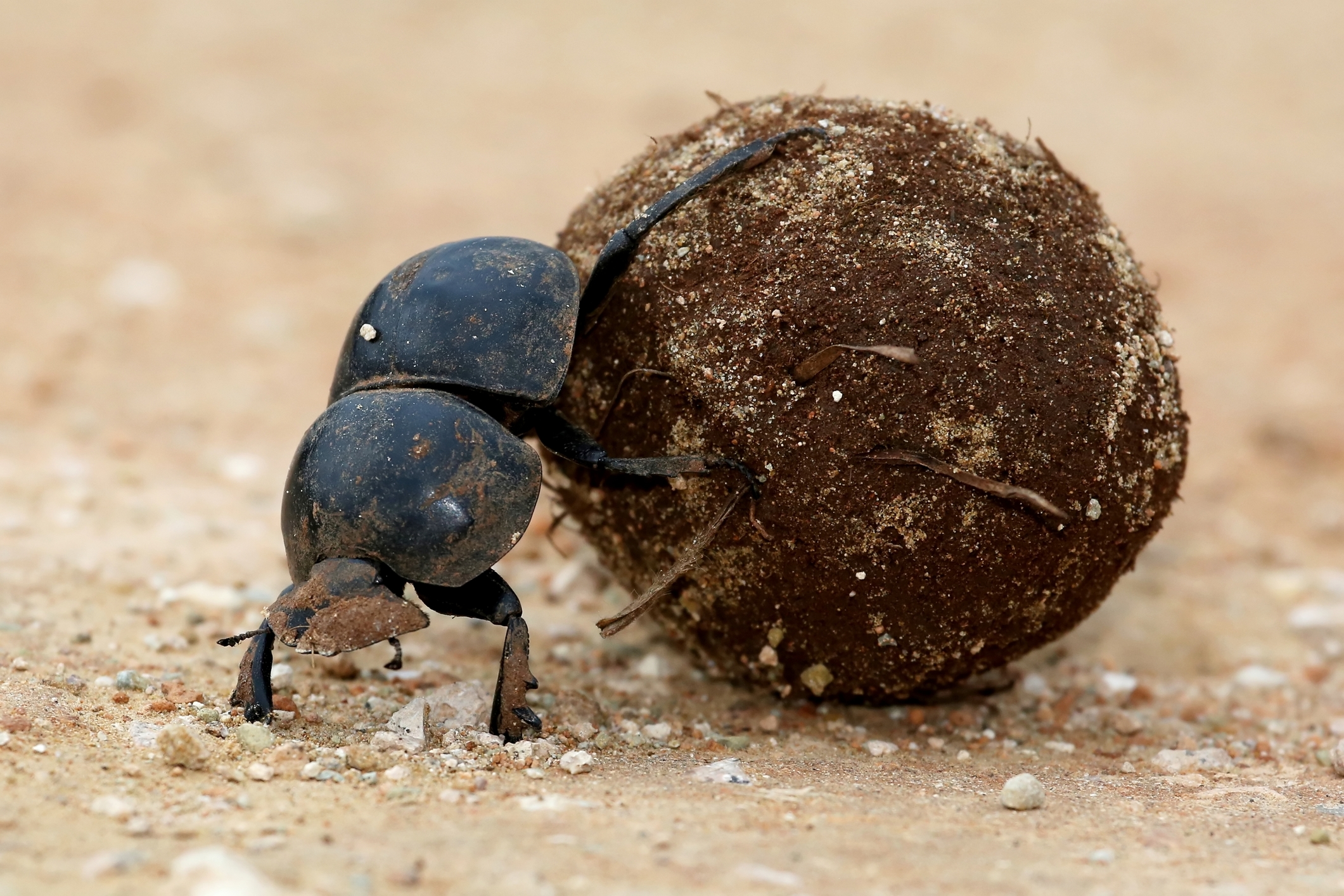
 So what’s the poop on rhinos? The IRF aims to to share every detail of information that people might not know about rhinos. Not only do rhinos need our help, every aspect of their biology is fascinating. Including, pardon us – rhino poop.
So what’s the poop on rhinos? The IRF aims to to share every detail of information that people might not know about rhinos. Not only do rhinos need our help, every aspect of their biology is fascinating. Including, pardon us – rhino poop.
Rhinos are plant eaters. White and Greater one-horned rhinos are grazers that spend their days much like cows and horses, munching away on grasses and shoots. Black, Sumatran, and Javan rhinos are browsers, and have a prehensile upper lip that is adapted to allow them to twist and break twigs and leaves. Much of what rhinos eat is low in nutrients, so they tend to wander around their habitat and eat on the go. And, well, eating a lot leads to pooping a lot.
What’s the big deal?
Rhinos prune bushes, small trees, grasses, and shrubs as they eat, and when they poop, they disperse seeds, which eventually germinate and grow. Rhinos that poop in water can indirectly provide nutrients for other species, like fish, which eat their dung. These are just a couple of important roles rhinos play in maintaining the health of the ecosystems in which they live.
The plants that rhinos eat are often difficult to digest. A lot can be learned by taking a close look at rhino dung. If you break it apart, you can often tell what a rhino has been eating.
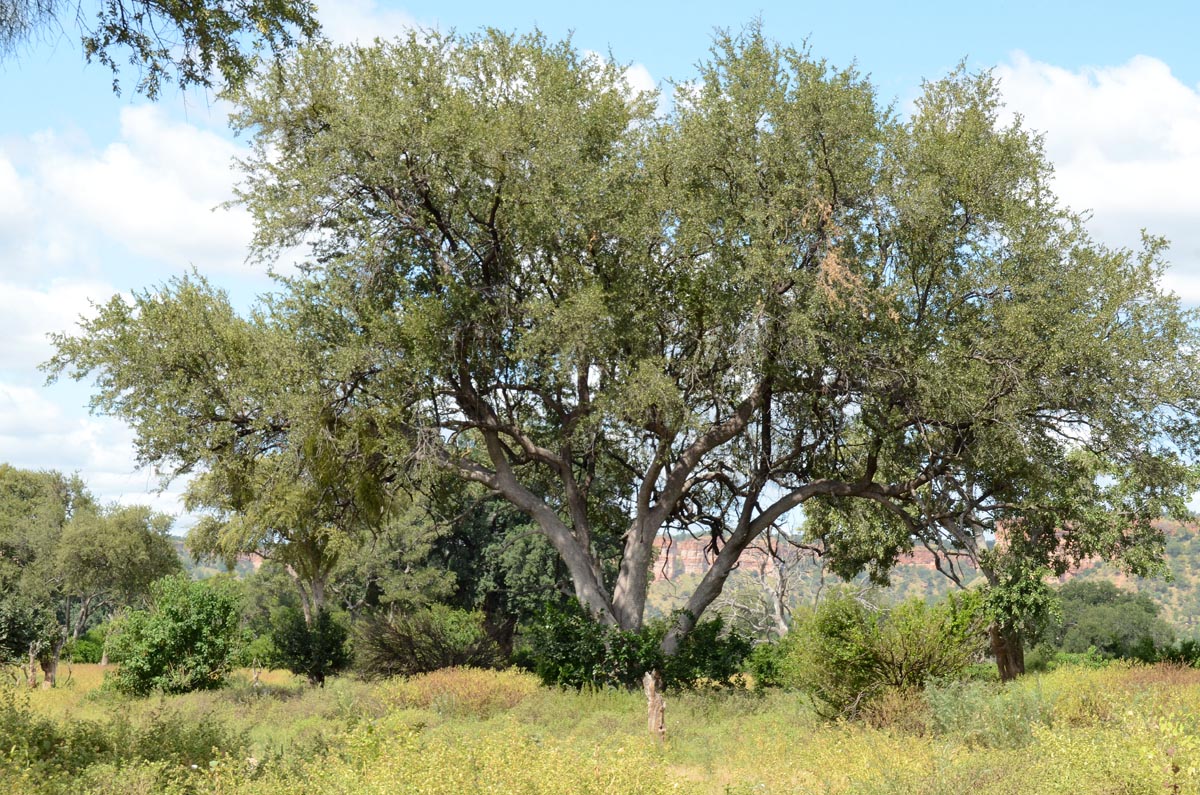
Poop as a Communication Tool
Most rhinos use piles of dung to leave “messages” for other rhinos – the nuance of smell in poop can tell a rhino a lot about others in the area. Each rhino’s smell identifies its owner as unique – the smell is different for young vs. adult animals, for males vs. females, and females in estrus vs. non-reproductive females. Combined with urine left along trails, dung piles create invisible “borders” around a rhino’s territory.
The age of the message left behind helps a rhino to decide what to do next. Fresh poop may mean another animal is in the area, and should be avoided or sought. An old message might mean that a rival is no longer in the area and the animal can just keep going.
What Goes In, Must Go Out: Toilet Habits
Black rhinos have communal dung piles called “middens” which are message stations for other rhinos. A rhino will sniff the pile deeply, shuffle through it, then defecate in the same spot. Most of the time, the animal will also wildly fling the dung around with its back feet, to be sure its own feces carry the primary message, and to be sure its scent is then spread every time they take a step.
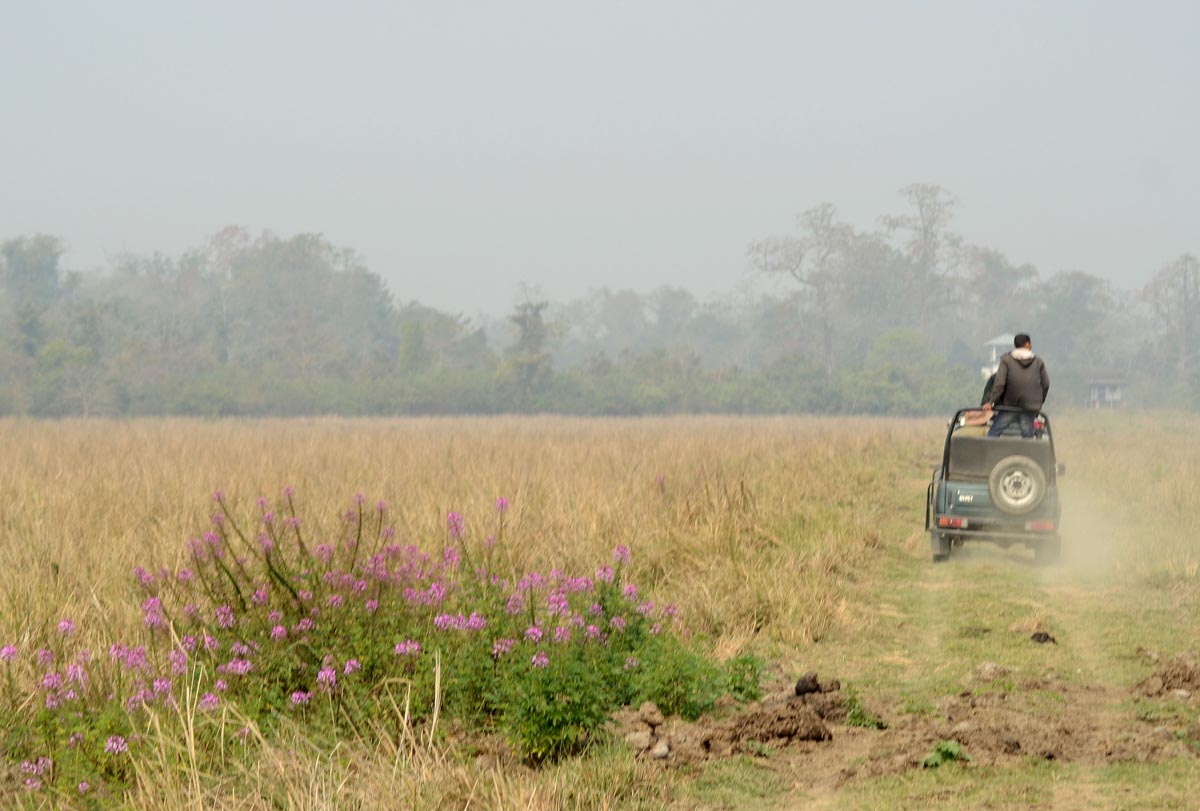
Greater one-horned, or Indian rhinos usually are loners. But they share bathing pools, wallows, and dung heaps, which allow them to leave behind heaps of information for other rhinos to “read”. Like black rhinos, they scrape their feet in the dung pile to be sure that as they walk, their scent tells other rhinos that they are in the area.
Sumatran rhinos spend most of the day in wallows. These rhinos don’t spread much dung around, instead they drag their back foot for several meters and mark scrapes in that way. In Indonesia’s wet rain forests, this method may be more effective than flinging dung around, like black rhinos do.
Javan rhinos live deep in the Indonesian rain forest and like to wallow in mud to keep cool. Males mark their territory with dung piles and urine spraying. Javan rhinos are so rare and so secretive that sometimes the only way we can monitor populations is through their dung and other sign.
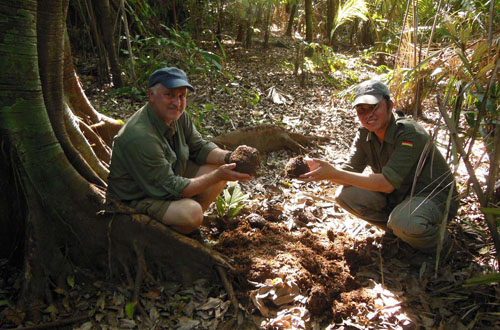
The Power of Poop: conservation and science
Scientists can learn heaps about individual rhinos as well as populations by studying poop. New scientific methodologies allow us to use poop to identify individuals and their genetic relatedness, to read hormones to learn about reproductive status, and diagnose pregnancy, and to learn all sorts of things that help us to understand what’s going on with individuals as well as populations. This methodology is important because in most cases, it not only is easy to find samples for analysis, but it also allows non-invasive analyses of information that is of interest and practical use to wildlife managers.
Don’t Try This at Home
RECIPE FOR EXTRACTING HORMONES FROM POOP
Courtesy of the Smithsonian Conservation Biology Institute’s Endocrine LaboratoryStep 1. Dry poop.
Step 2. Crush poop with a mallet.
Step 3. Mix poop with alcohol in test tubes.
Step 4. Centrifuge (spin) and wait for particles to drop to the bottom of the tube.
Step 5. Pour off liquid into another tube. The hormones come out of the poop
into the alcohol and this is the part we want to keep.
Step 6. Tests can now be run on the liquid to measure the amount of specific
hormones.This process may be stinky, but there is a lot to be learned from poop!
From these tests, we can learn the type of animal, the size of its territory, and many other valuable things. By measuring the hormone levels in the sample, we can identify the reproductive cycle of an animal and to determine whether an animal has reached sexual maturity. The hormone progesterone is looked for to detect pregnancy. If progesterone levels stay high for an extended time, it means a female is pregnant.
Dung Beetles: In Deep
In many areas, hundreds of roller dung beetles swarm over a freshly dropped pile of rhino dung almost as soon as it hits the ground. Males roll a ball of dung with their rear legs to make the perfect sized ball, sometimes several times their size. One the ball is big enough, the male finds a partners and rolls the ball (sometimes with the female riding on top, to a good spot. The happy couple then buries themselves and the poop underground and have a fecal feast for several days. Once the female is full, she lays an egg inside the leftover dung ball, and the honeymoon is over. The egg hatches in a couple of weeks and the larvae feeds on the leftover poop until it grows into an adult beetle.
(Lynch, W. 2002. Scoop on Poop.) Canada, Fifth House Publishers)

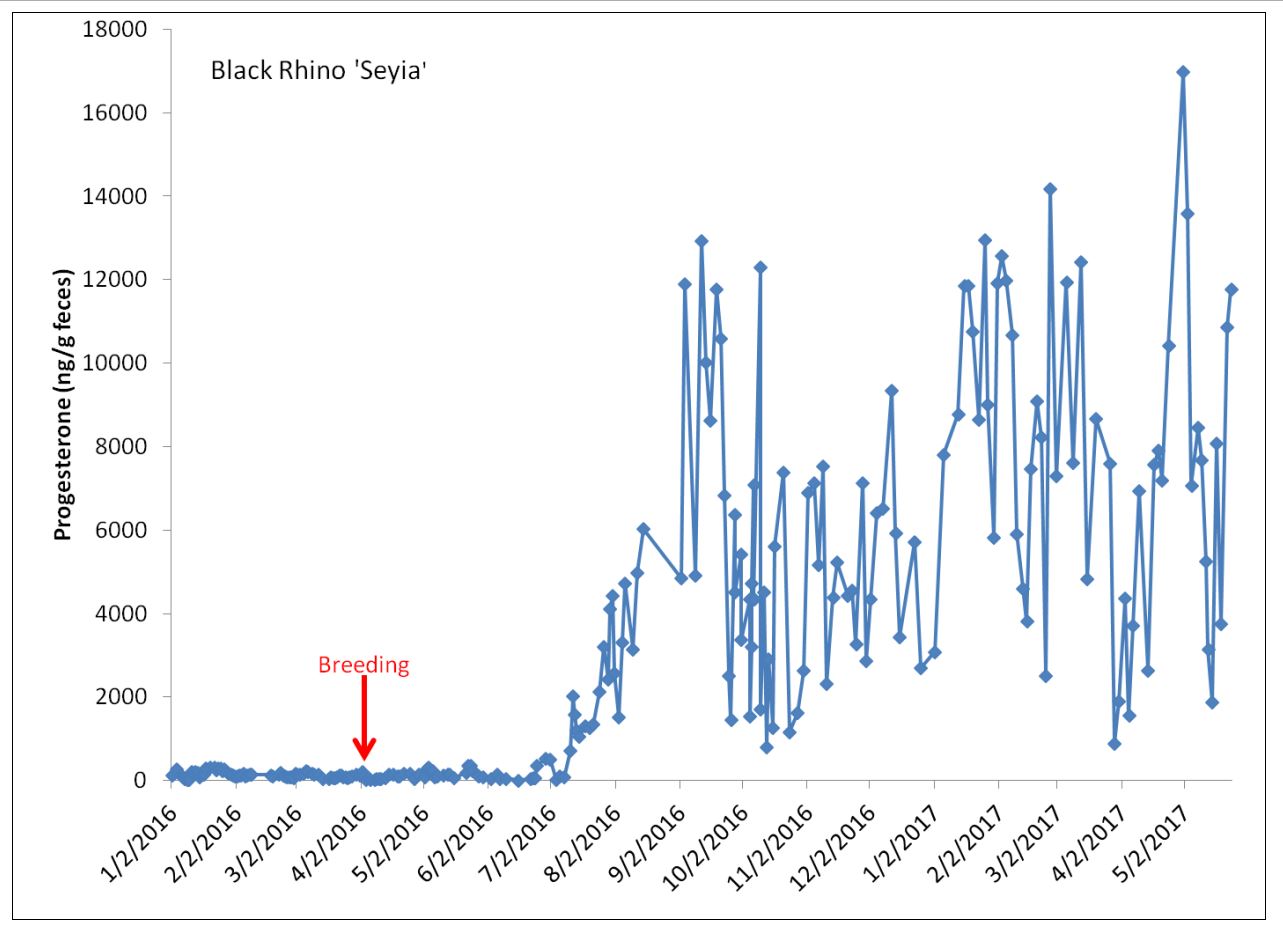
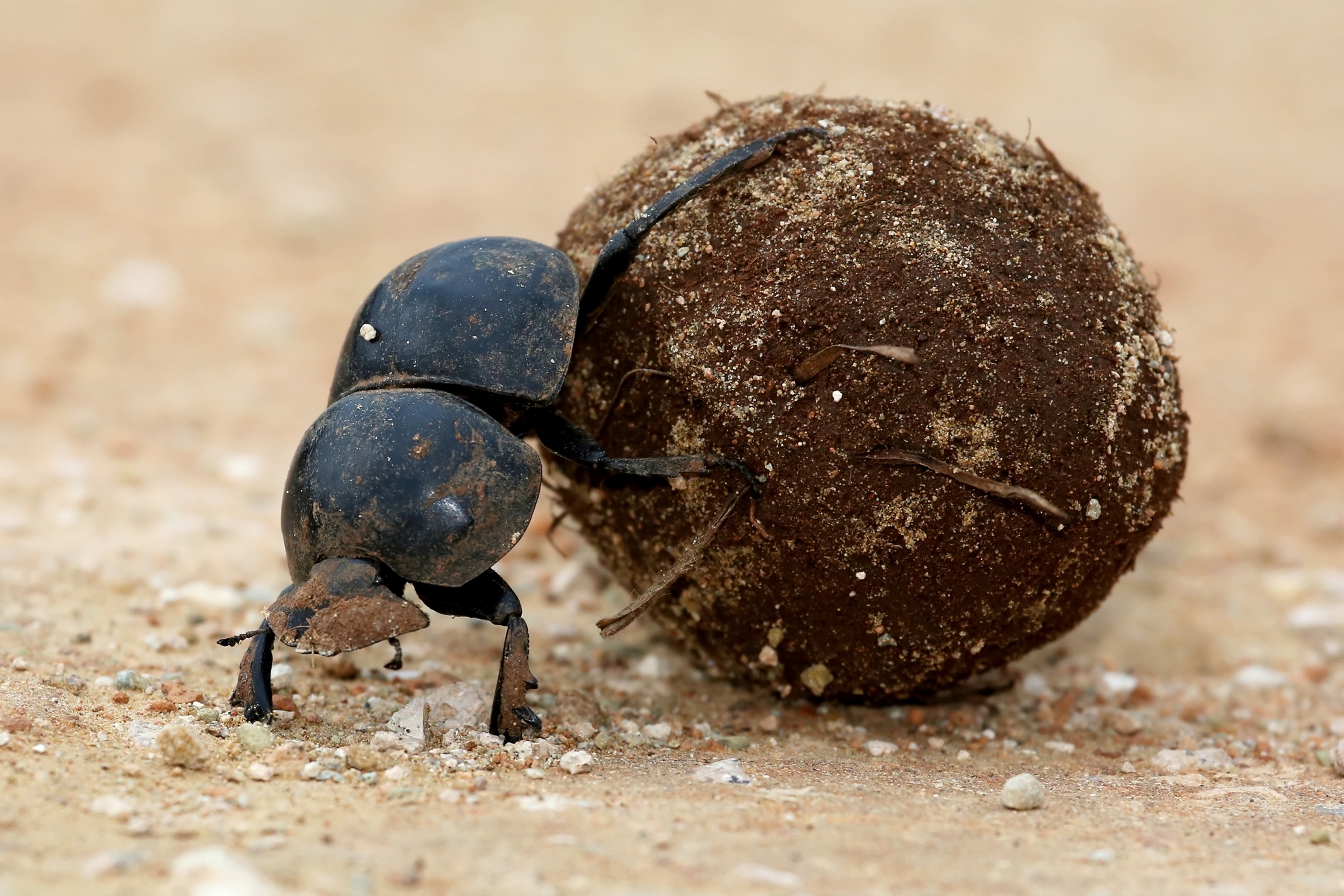
One thought on “The Science of Endangered Feces”
Am interested as I have been involved in rhino translocation in 1969 when one group was captured on the Rhodesian Mozambique border near Rushinga accounting for the first 18 rhino reintroduced into the GNP. I was the bulldozer man employed by Tsetse Fly control as mentioned in the book “Operation Rhino” We had to use our local knowledge to open up tracks in the rocky terrain